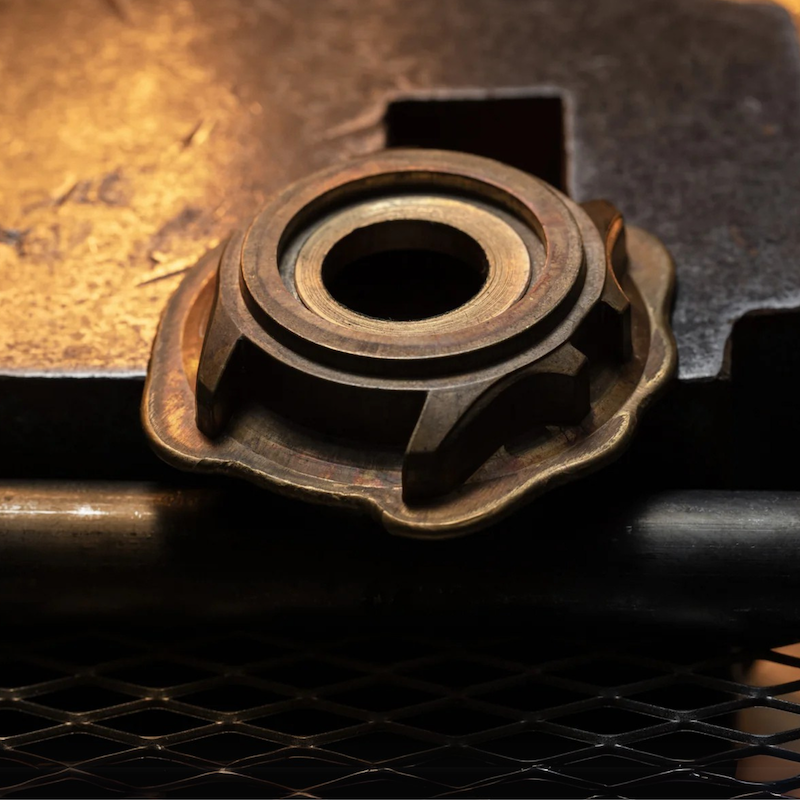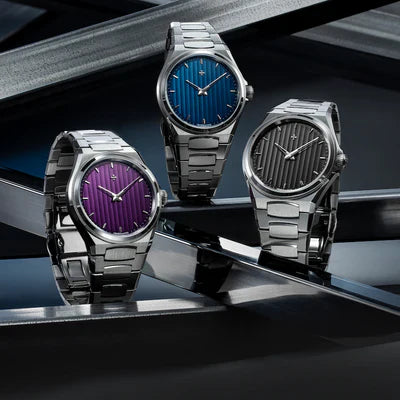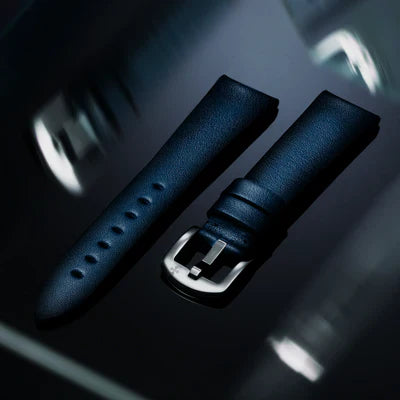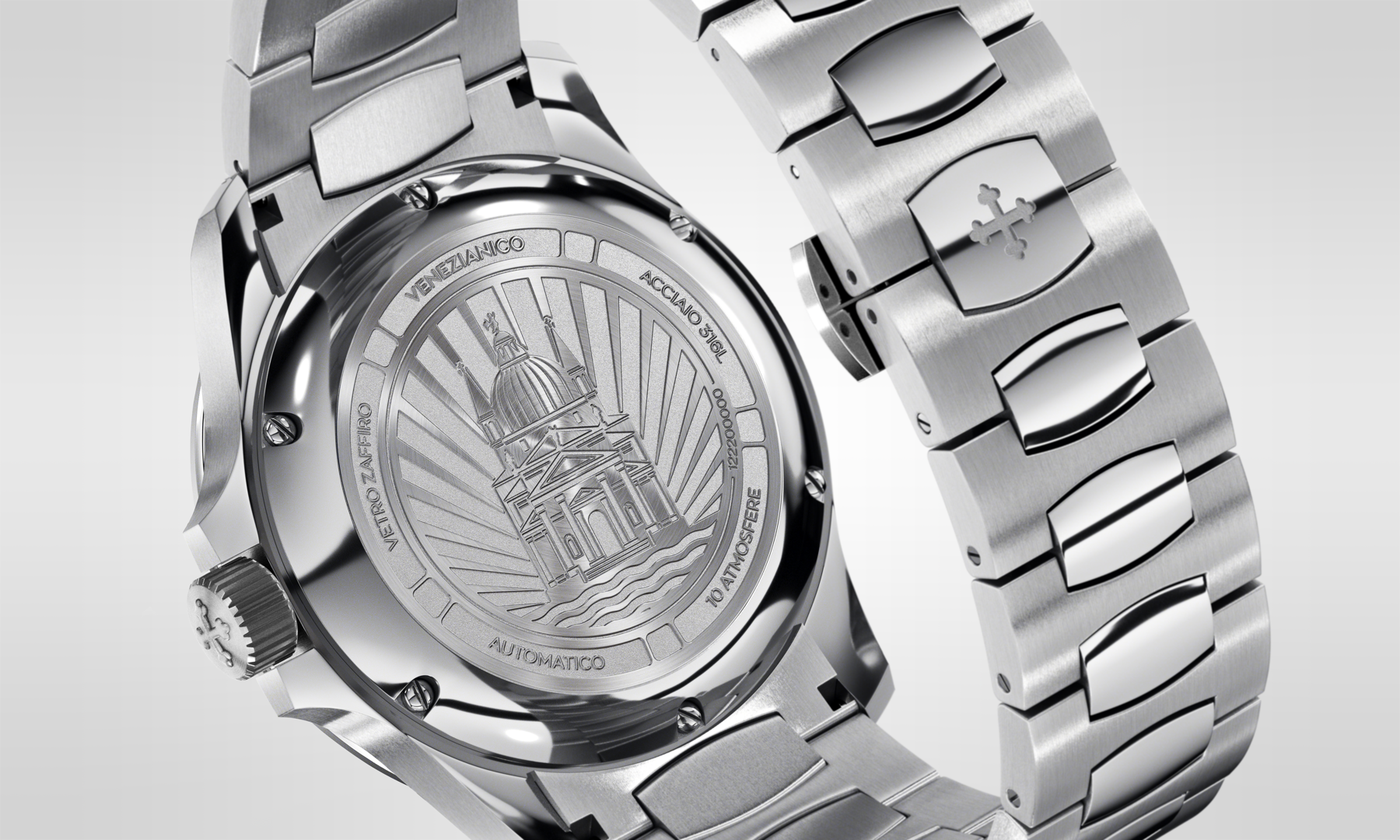A tradition of excellence over a century long
Until the Keio period, Japan was characterized by a closed foreign policy towards neighboring countries.
From 1868, with the rise of the Meiji Emperor, the nation opened up to the world both from a political and a commercial point of view. In fact, Japan established fruitful relations not only with the countries of the Far East, but also with overseas states. Just in these years, what was a rural nation divided into 250 fiefs, became a modern world power.
In this context of profound transformation, in 1881 a young man called Kintarō Hattori gave birth to a company that is now globally known as Seiko.
Young Kintarō worked as an apprentice in various watchmaker workshops, including the then famous "Kobayashi Clock Shop", owned by Seijiro Sakurai. A new era for watchmaking was about to begin.

Kintaro's creations became more and more popular all over Japan and, over time, they also conquered foreign consumers, who looked at his work with great admiration.
In 1969 Seiko introduced the Astron, the world's first quartz watch; it cost as much as a midsize car! Seiko's drive for innovation did not stop. At the end of the 1980s the first automatic quartz was launched, combining the charm of mechanical movements with the precision and power efficiency of electronics.
Today, after 140 years, Seiko is one of the most innovative multinational companies in the watch industry, thus remaining faithful to the principles that have always inspired Kintaro's vision.

Courtesy: Grand Seiko Studio in Shizukuishi
A New Silk Road
In ancient times, the trade network that linked the East and the West stretched for about 8,000 km. This route was called the Silk Road.
Precisely, during the Middle Ages, the Venetians played a leading role in exchanges with the Far East. Not only goods but also great ideas and fundamental concepts related to mathematics, geometry and astronomy began to travel in both directions all along this route.
Curiosity, pioneering spirit and openness to the East have made the Serenissima Republic a point of reference for research and innovation over the centuries and are a constant source of inspiration for us.
Therefore, as we are sharing the same ideals that inspired the young Kintaro, we identified Seiko as the key manufacturer for the creation of watches with mechanical complications.
The introduction of the Seiko NE57 caliber
The technology to preserve the charge of a modern mechanical watch is relatively simple. However, to exactly determine the residual power, the aid of a particular complication is required.
In response to this need, we decided to introduce a new watch equipped with NE57. This movement belongs to the finest line of Seiko automatic calibers, which are manufactured by the company’s specialized division: “TMI”.

This caliber features 5 hands that add two additional functions compared to an ordinary movement.
- Date at 6 o'clock
- Power reserve indicator
The latter is perhaps the most useful and appreciated mechanical complication by watchmaking enthusiasts. In addition, the power reserve is indicated by a hand hinged to the main shaft of the movement, a rarity in the industry.
Other technical specifications
- 41-hour power reserve
- Hacking function
- 21,600 vibrations per hour
- 29 jewels
- Power reserve indicator
- Date at 6 o'clock
Redentore Power Reserve: the essence of Venezianico
Thanks also to the Seiko NE57 movement, Redentore Power Reserve combines the harmonious proportions of the shapes typical of the Redentore line with the complexity of the mechanism (the residual charge is indicated by a hand engaged in the central shaft of the movement). In addition to this, there is a deep search for new stylistic solutions, such as the hammer shape of the power reserve indicator and the five chromatic variations of the dial, as well as the different finishes. However, all these details have not compromised the affordability of this collection. This is why Redentore Power Reserve is the timepiece that most fully expresses the philosophy that guides every aspect of the creation of our watches.

For more information on the Redentore Power Reserve Collection, click here.












